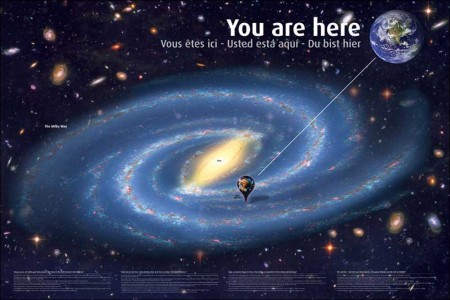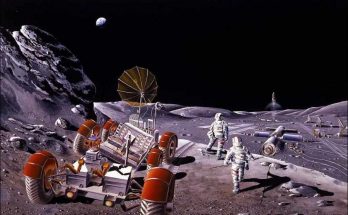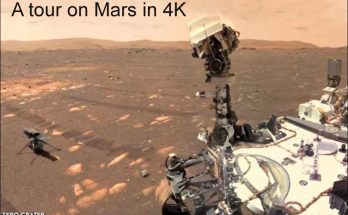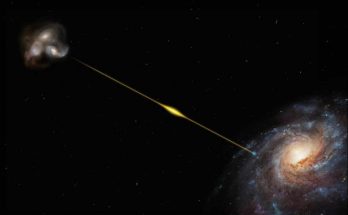Assuming the standard model is true, our universe’s end will likely all come down to one of three theories, each of which depends upon three things: the shape of the universe, how much dark energy is contained within it, and how the densities of dark energy will respond to the expansion of the universe.
There are believed to be three possible shapes of the universe: an open universe, a flat universe, and a closed plane of space-time.
In an open universe (think of a gigantic, saddle-shaped object), the universe is likely to experience the Big Freeze. In this scenario, the universe will continue to expand until matter has stretched incredibly thin, the stars have all burnt out, galaxies have ceased creating new stars to replace them, and all mass as we know it has ceased to exist. Everything will become dark and cold. The universe won’t so much as end as it will simply fizzle out, settling into a silent and lonely slumber at absolute zero.
Another possibility for universal armageddon is the Big Rip. Not as dependent on the shape of the universe as much as the amount of dark energy contained within it, this model implies that the acceleration of the universe will continue to increase without slowing, and the dark energy will become so strong that it will overwhelm the other elemental forces. Galaxies, suns, and planets alike will begin tearing themselves apart, all ending in a gravitational singularity — a place in which the standard rules of physics and relativity no longer apply.
Somewhat less unsettling is the theory of the Big Crunch, in which the universe will continue to expand until matter begins to slow the rate of expansion. Once slowed enough, the expansion will eventually come to a halt and begin to retract. Everything — planets, suns, galaxies, black holes, even the indestructible iPad 7000 — will all come crashing back together, culminating in a Big Crunch: essentially the opposite of the Big Bang that kicked our universe off in the first place. The bright side here is that the crunch is thought to be succeeded by yet another Big Bang and the creation of a whole new universe. Unfortunately, of the three, the Big Crunch is currently the least favored hypothesis within the physics community — meaning our dreams of an endlessly cycling universe of birth, destruction, and rebirth may end up being relegated to the realm of science fiction.
Visits: 361



